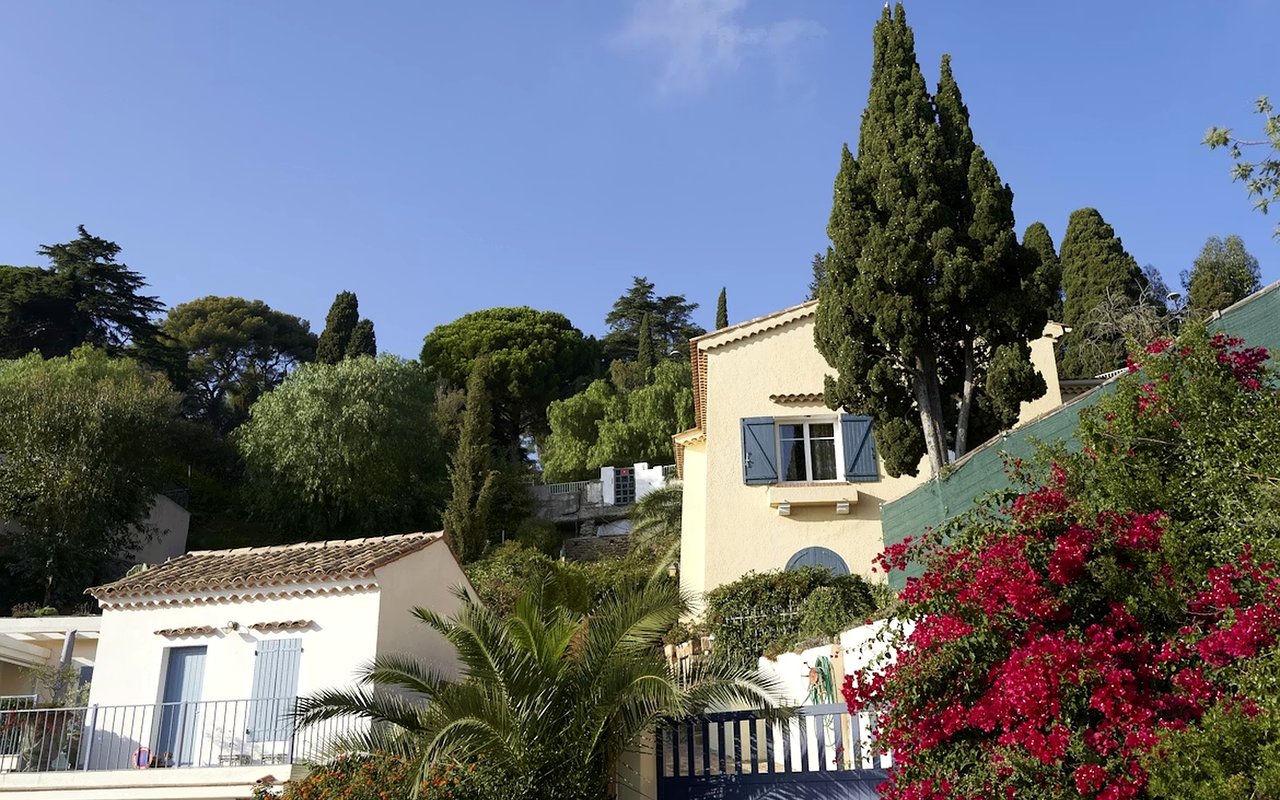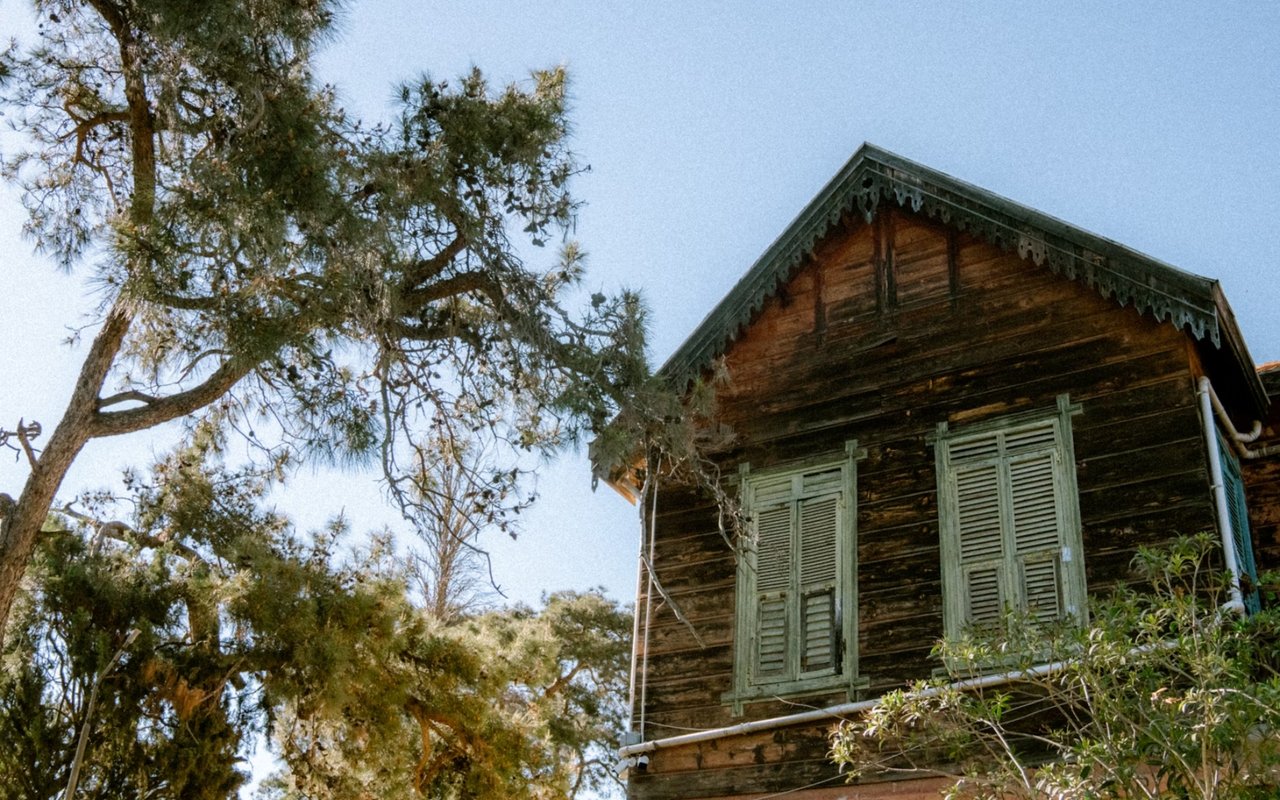Napa Valley, California, is synonymous with wine and world-class vineyards. Yet, beyond its globally renowned wineries and stunning vistas, this region holds secrets and stories that many visitors may not know. With a rich history and unique natural landscape, Napa Valley offers much more than what meets the eye. This article unveils some fascinating things you might not know about Napa Valley.
A Rich Agricultural Past Beyond Wine
By the 1860s, a few pioneering winemakers saw the potential in the region’s climate and started planting vineyards. However, the transition from agriculture to viticulture was gradual, with early challenges like phylloxera—a vine disease that nearly wiped out the entire region’s wine industry. Napa's resilience was evident, and the area slowly rebuilt its vineyards, paving the way for today’s thriving wine scene.
The Judgment of Paris: A Turning Point
This victory not only put Napa Valley on the global map but also shifted perceptions about American wine production. The Judgment of Paris was a turning point for Napa Valley, ushering in a new era of prestige and recognition, and helping the region develop into the premier wine destination it is today.
The Magic of the Napa Valley Appellation System
Regions like Oakville, Stags Leap District, and Rutherford, among others, produce wines with specific flavor profiles influenced by the area's terroir—a French term referring to the combination of soil, climate, and geography. Understanding the intricacies of these sub-appellations adds another layer of appreciation for Napa Valley’s wines, as each region imparts its unique fingerprint on the grapes grown there.
Geothermal Wonders and Natural Hot Springs
Calistoga’s mineral-rich waters have been attracting wellness seekers for over a century, offering a different kind of relaxation that complements the region’s more well-known wine-centric activities. These hot springs are believed to have healing properties, helping people rejuvenate both physically and mentally while taking in the valley's serene beauty.
The Napa River: An Environmental Revival
The Napa River restoration also enhanced the area's natural beauty, offering visitors opportunities for outdoor activities like kayaking, bird-watching, and hiking along the river’s banks.
Preserving the Valley’s Agricultural Heritage
Despite Napa’s popularity as a tourist destination, the agricultural preserve has ensured that its landscapes remain pristine, contributing to the region's rustic charm and bucolic ambiance. Visitors can still experience rolling hillsides, oak woodlands, and picturesque vineyards, a testament to Napa’s dedication to preserving its natural and agricultural legacy.
Discover Your Own Slice of Napa Valley
Imagine owning a home in one of the most beautiful and vibrant regions in California. With its breathtaking landscapes, world-renowned wineries, and charming communities, Napa Valley offers an unmatched lifestyle. Contact Yvonne Rich for expert guidance on finding the perfect property to call your own in this iconic region.
*Header photo courtesy of Yvonne Rich





